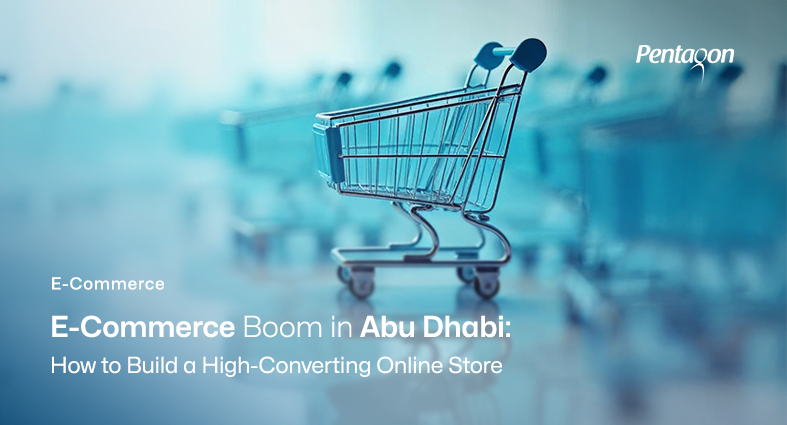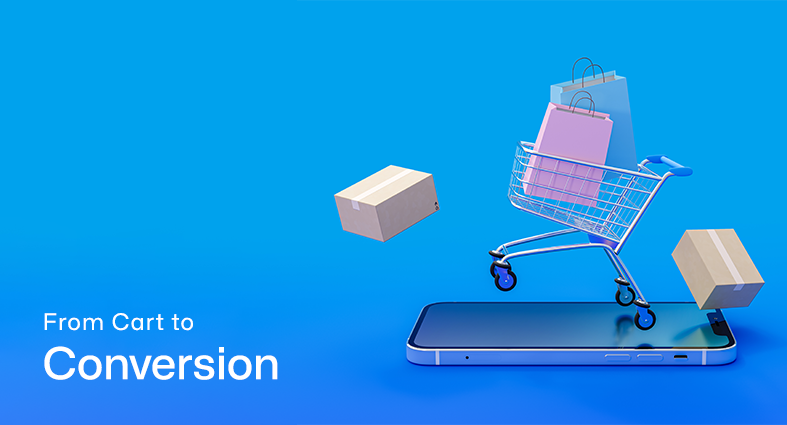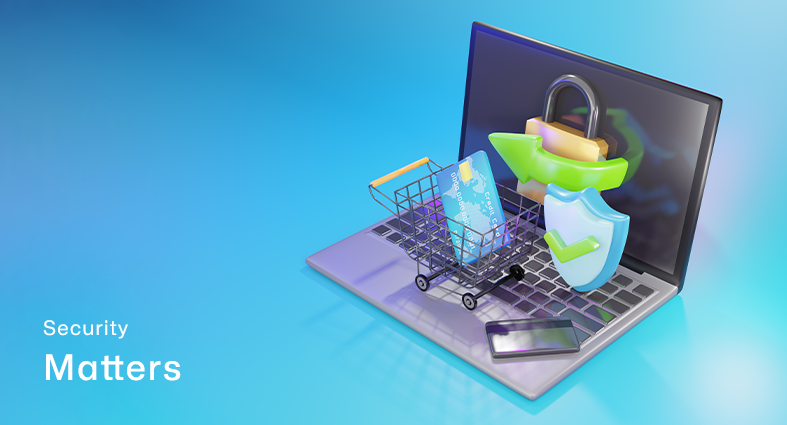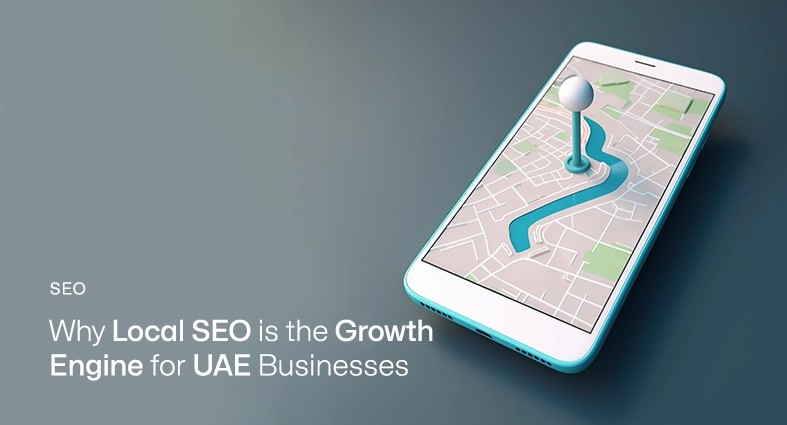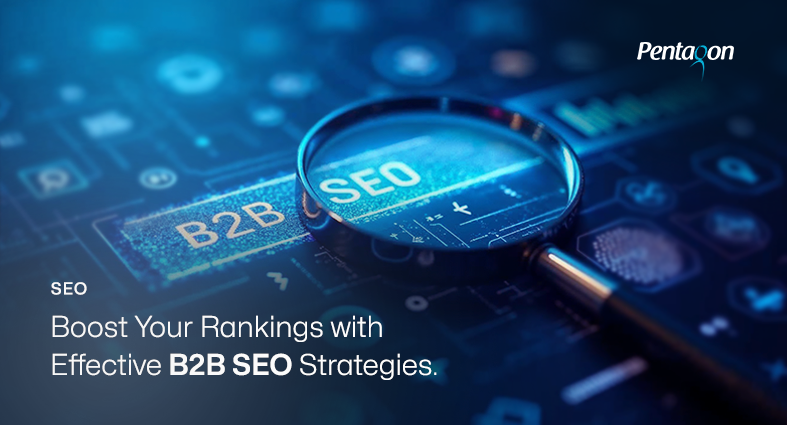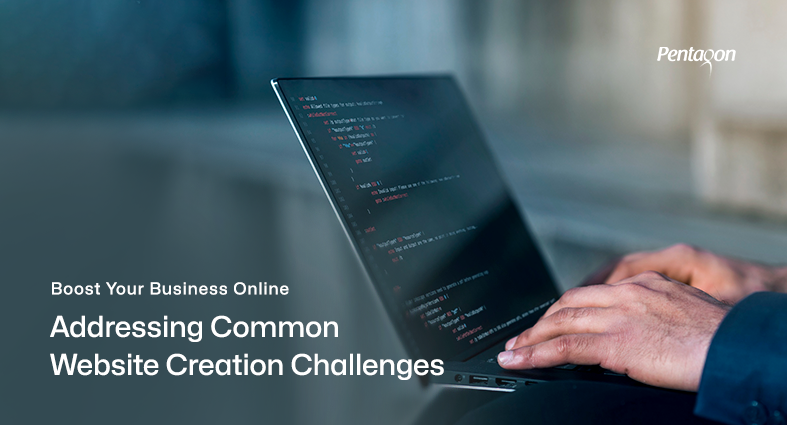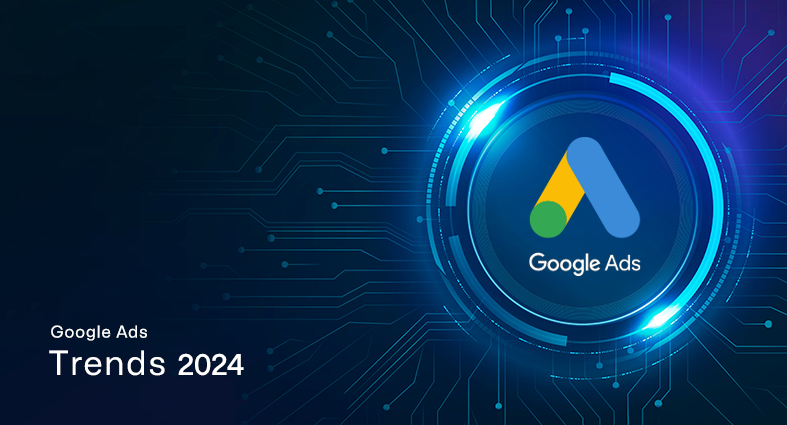In the highly competitive e-commerce industry, having a well-designed website can make all the difference. The e-commerce website development process can be overwhelming, but with the right guidance, you can easily navigate through it. In this article, we’ll take you through the journey of developing an e-commerce website, from concept to conversion. If you are looking to start an e-commerce business or revamp your existing one, creating a website that is optimized for conversions is critical. A successful e-commerce website is much more than just a visually pleasing design. It needs to be functional, user-friendly, and most importantly, able to convert visitors into customers. In this article, we will guide you through the e-commerce website development process, from the initial concept to final conversion optimization.
E-commerce Development Phases
E-commerce website development is a complex process that requires careful planning and execution. The development process involves several phases, including planning, design, development, testing, and launch. Each phase is important in ensuring the success of your e-commerce website. The planning phase sets the foundation for the rest of the development process, while the design phase determines the look and feel of the website. The development phase is where the website is built, and the testing phase ensures that it is functional and secure. Finally, the launch phase involves deploying the website and promoting it to your target audience.
Planning Phase
The planning phase is the first step in e-commerce website development. In this phase, you will define your goals and objectives for the website, identify your target audience, research your competition, and create a detailed project plan. This plan should include a timeline, budget, and a list of all the features you want your website to have. The planning phase is crucial as it sets the foundation for the rest of the development process. By defining your goals and objectives, you will be able to create a website that meets the needs of your target audience.
Design Phase
The design phase is where the visual elements of your website come together. In this phase, you will create wireframes and prototypes, choose a design style, and develop a user interface that is easy to use and visually appealing. The design of your website is important as it is the first thing that users will see. A well-designed website can improve user engagement and help to establish trust with your target audience. During this phase, it is important to consider the user experience and ensure that your website is easy to navigate and use.
Development Phase
In this phase, you will create the functional elements of your website, such as the shopping cart, product catalog, and payment gateway. This phase requires expertise in web development and coding, and it is important to work with experienced developers who can ensure that your website is built to industry standards. The development phase is also an opportunity to ensure that your website is optimized for search engines and mobile devices.
Testing Phase
The testing phase is where you ensure that your website is functioning as intended. In this phase, you will test your website for functionality, usability, and security. It is important to conduct thorough testing to ensure that your website is free from bugs and errors. This phase also involves user testing to ensure that your website is easy to use and meets the needs of your target audience. By conducting testing, you can identify and fix any issues before your website goes live.
Launch Phase
The launch phase is the final step in e-commerce website development. In this phase, you will deploy your website, promote it, and monitor its performance. It is important to have a solid marketing plan in place to ensure that your website reaches your target audience. During this phase, it is also important to monitor the performance of your website and make any necessary adjustments. By monitoring your website’s performance, you can identify areas for improvement and ensure that your website is meeting your business goals.
E-commerce Website Development Lifecycle
The e-commerce website development lifecycle is a systematic process that includes different phases from planning to deployment. The first phase is planning, where the business requirements, target audience, budget, and project timeline are defined. The second phase is designing, which involves creating a user interface, user experience design, and visual design elements. The third phase is development, where the website is built using different programming languages, platforms, and tools. The fourth phase is testing, where the website’s functionality, performance, and security are evaluated. The final phase is deployment, where the website is made live, and post-launch activities like maintenance, upgrades, and support are undertaken. The e-commerce website development lifecycle ensures that the website is designed and developed in a structured manner, meeting all the requirements and quality standards.
Planning and Research
The first step in the e-commerce website development lifecycle is planning and research. This step involves identifying the business goals, target audience, and market competition. The planning and research phase also includes determining the website’s unique value proposition and the products or services that will be offered. This information will be used to develop a clear strategy for the website’s design, functionality, and content.
Choosing an E-commerce Platform
The next step in the e-commerce website development lifecycle is choosing an e-commerce platform. There are several e-commerce platforms available, each with its strengths and weaknesses. The chosen platform should align with the website’s goals and the business’s needs. Factors to consider include ease of use, customization options, scalability, and cost.
Designing the Website
The third step in the e-commerce website development lifecycle is designing the website. This includes creating a visual concept for the website, including the layout, color scheme, typography, and imagery. It is essential to create a visually appealing website that is easy to navigate and aligns with the brand’s identity.
User Experience Design: User experience design is an important aspect of website design. The website must be user-friendly, easy to navigate, and provide a seamless experience for the customer. This includes creating a clear and simple navigation structure, optimizing the website for mobile devices, and ensuring that the website is easy to use and accessible.
Search Engine Optimization (SEO): Search engine optimization (SEO) is another important aspect of website design. The website’s content and structure must be optimized for search engines to ensure that it appears in search engine results pages (SERPs). This includes keyword research, optimizing the website’s content, and building high-quality backlinks.
Developing the Website
The fourth step in the e-commerce website development lifecycle is developing the website. This includes creating the website’s structure, coding the front-end and back-end, and integrating any necessary third-party tools and plugins. It is important to ensure that the website is optimized for speed, security, and SEO.
Adding E-commerce Functionality
The fifth step in the e-commerce website development lifecycle is adding e-commerce functionality. This includes setting up the product catalog, creating product pages, and integrating payment and shipping options. It is important to ensure that the e-commerce functionality is seamless and easy to use to maximize conversions. Shopping cart design is an essential aspect of e-commerce functionality. The shopping cart should be easy to use, secure, and provide a clear overview of the customer’s purchases. This includes creating a simple and intuitive checkout process and integrating various payment options.
Testing and Launching the Website
The sixth step in the e-commerce website development lifecycle is testing and launching the website. This involves thorough testing of the website’s functionality, usability, and compatibility. The website should be tested on different devices and browsers, and the payment and shipping options should be thoroughly checked. Once the website is fully tested and approved, it can be launched.
Marketing and Promotion
The final step in the e-commerce website development lifecycle is marketing and promotion. This involves creating a marketing strategy to drive traffic to the website and increase conversions. This can include various tactics such as social media marketing, email marketing, paid advertising, and search engine marketing.
Social Media Marketing: Social media marketing is an effective way to promote the e-commerce website and engage with customers. This includes creating social media profiles for the business and posting regular updates, promotions, and engaging with customers.
Email Marketing: Email marketing is another effective way to promote the e-commerce website and reach out to customers. This includes building an email list and sending regular newsletters, promotions, and updates to keep customers engaged and informed.
Paid Advertising: Paid advertising can be used to drive traffic to the e-commerce website and increase conversions. This includes running paid ads on social media platforms, search engines, and other relevant websites.
Search Engine Marketing: Search engine marketing (SEM) involves using paid search ads to drive traffic to the website. This includes creating targeted ads based on relevant keywords and bidding on them to appear at the top of search engine results pages (SERPs).
Conclusion
The e-commerce website development process can seem overwhelming, but by breaking it down into phases, following a lifecycle, and adhering to a development checklist, it can be much more manageable. Remember that the most successful e-commerce websites prioritize user experience and conversions, so always keep that in mind when making design and development decisions. By thoroughly planning, testing, and refining your website throughout the development process, you can create a seamless shopping experience for your customers and increase your chances of success in the competitive world of e-commerce. Ready to take your e-commerce business to the next level? Contact Pentagon now and let us help you develop a high-converting e-commerce website that drives sales and boosts revenue. Contact us today to learn more about our e-commerce development services.
services
Feel free to send us a message.
Please, share your thoughts, and let's chat over a cup of tea.






